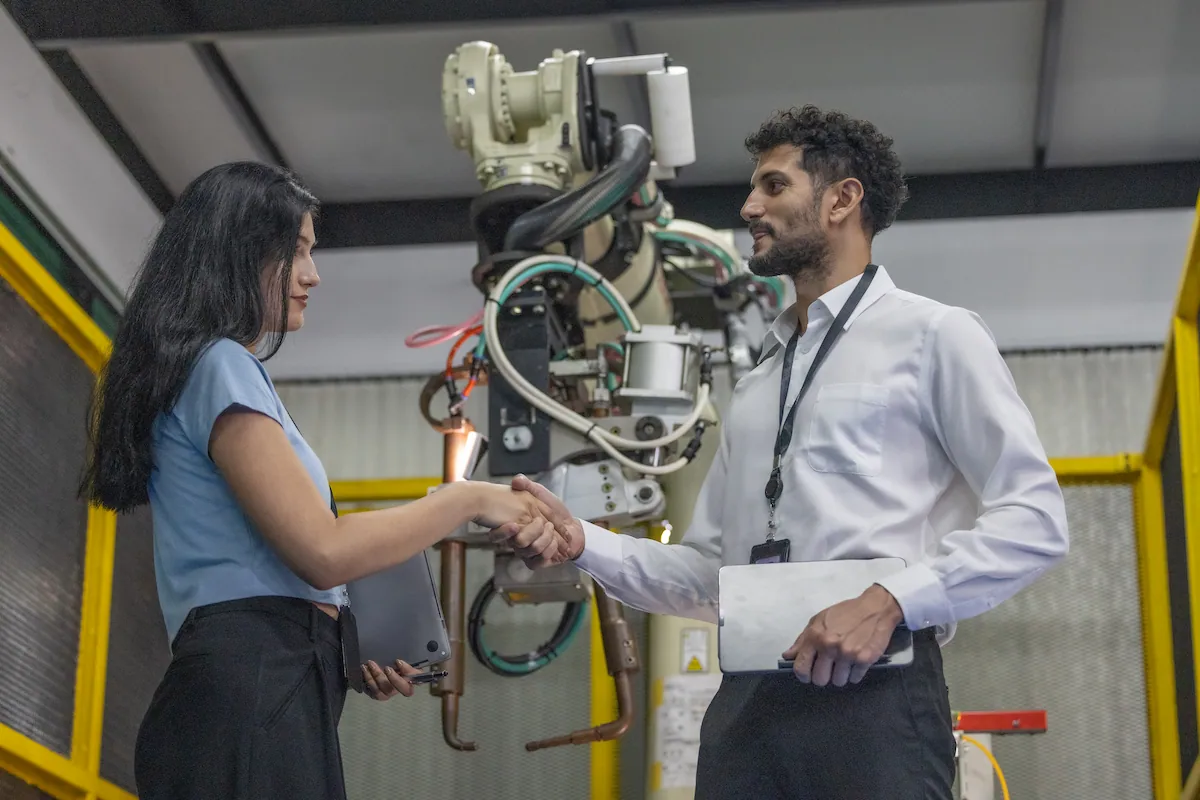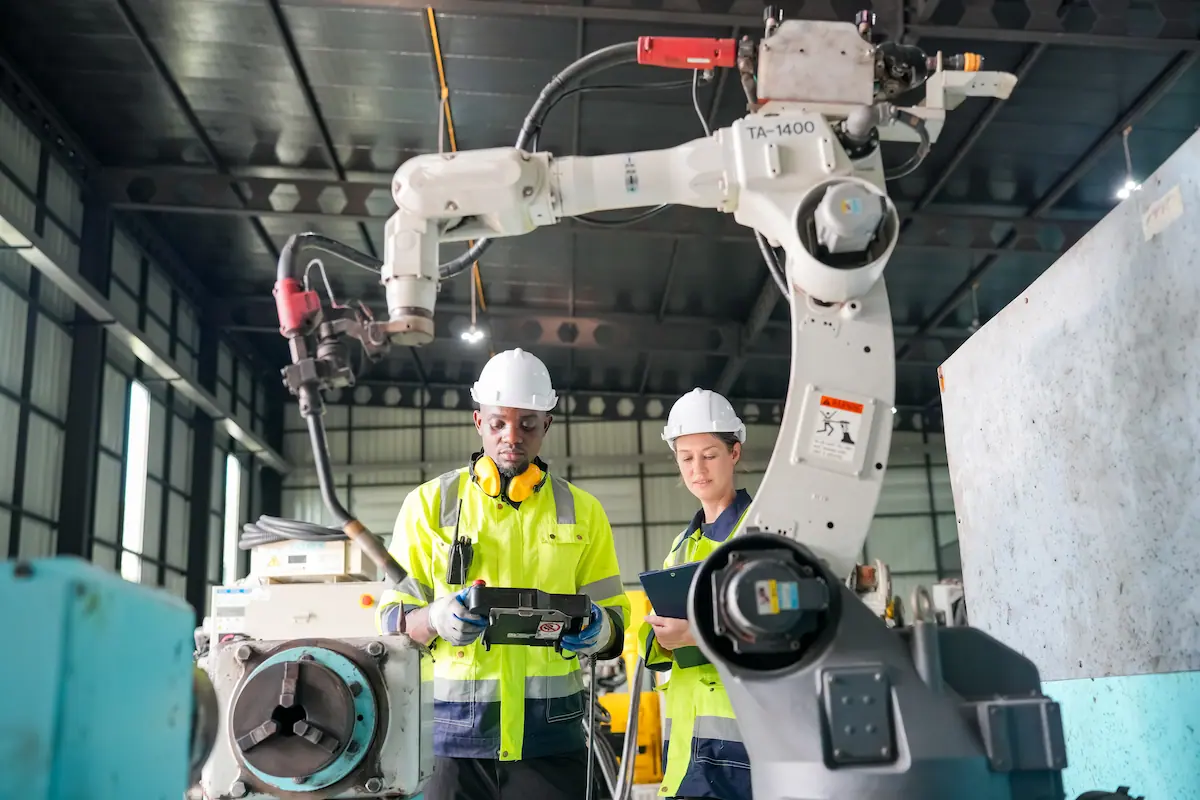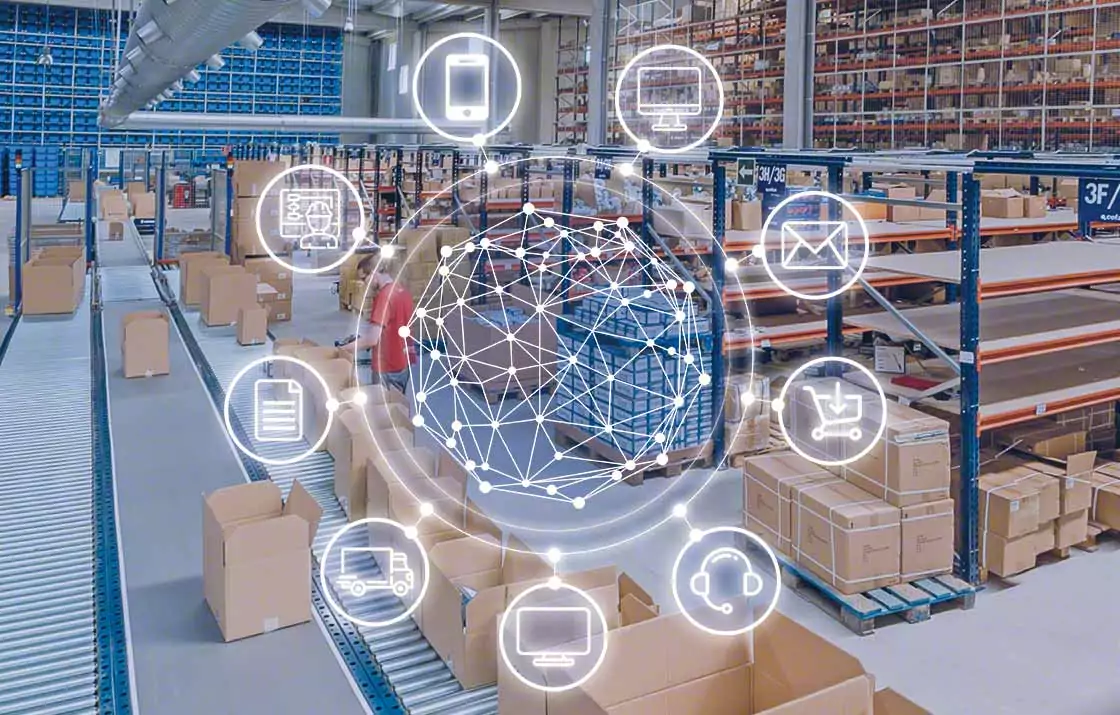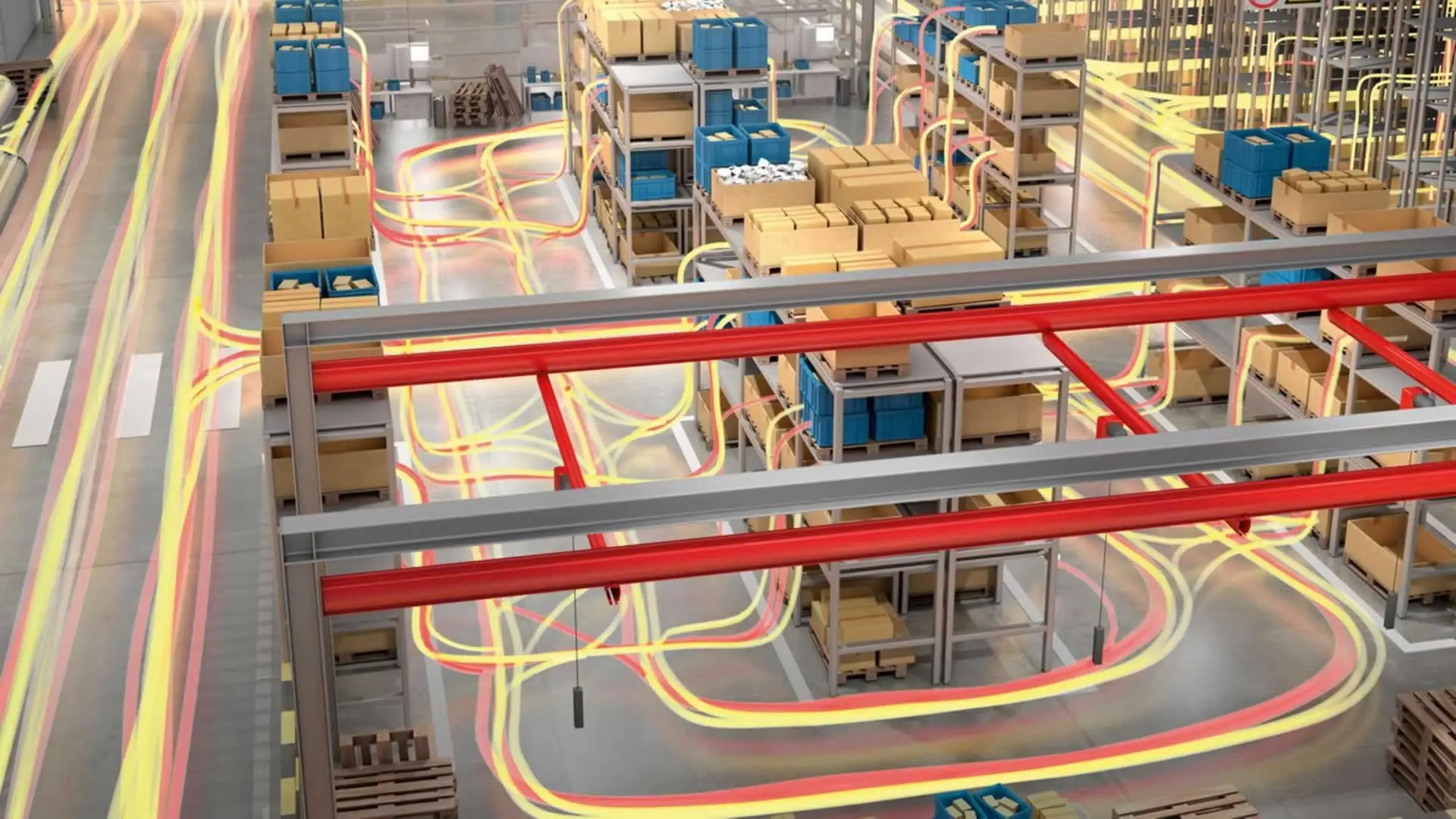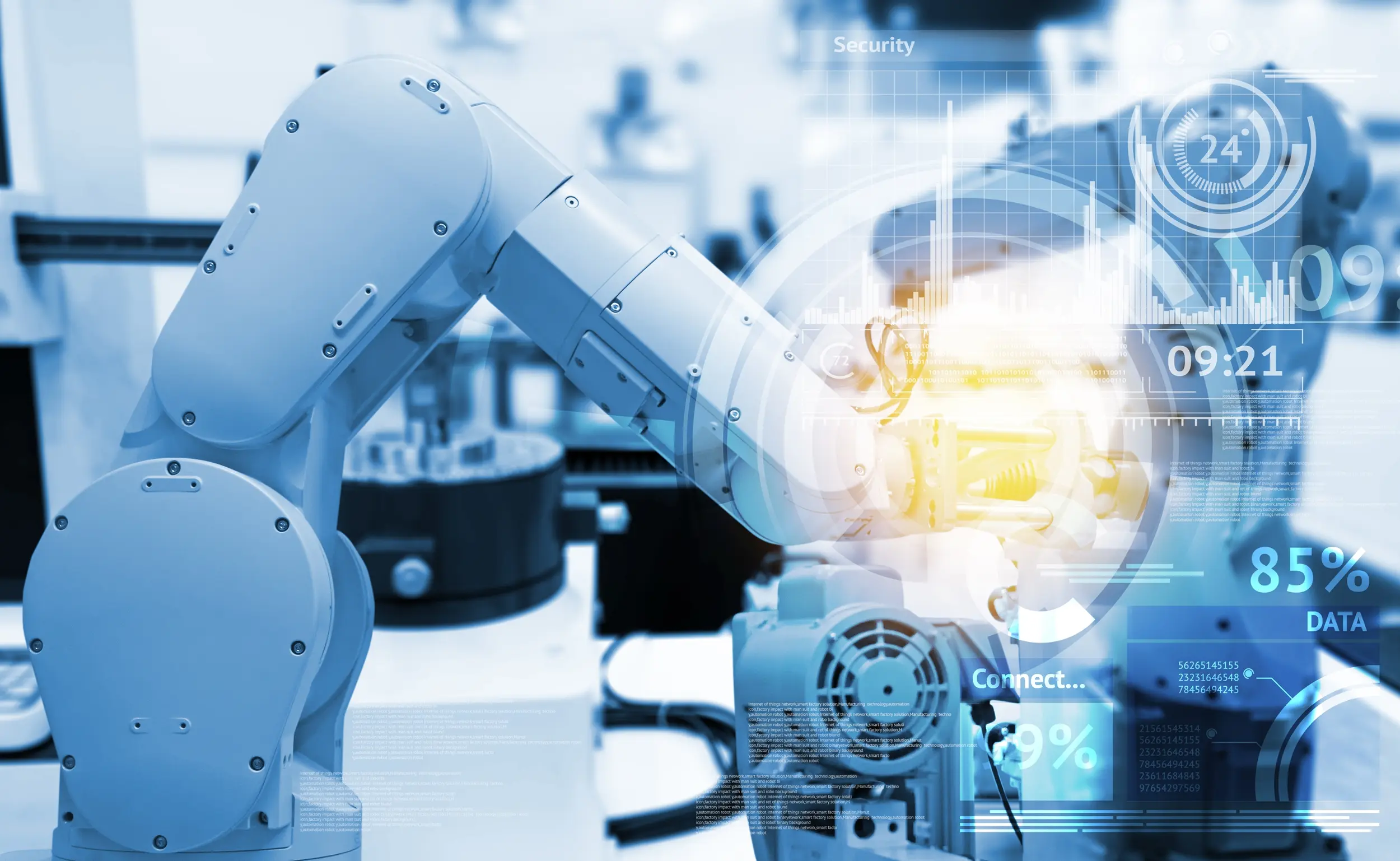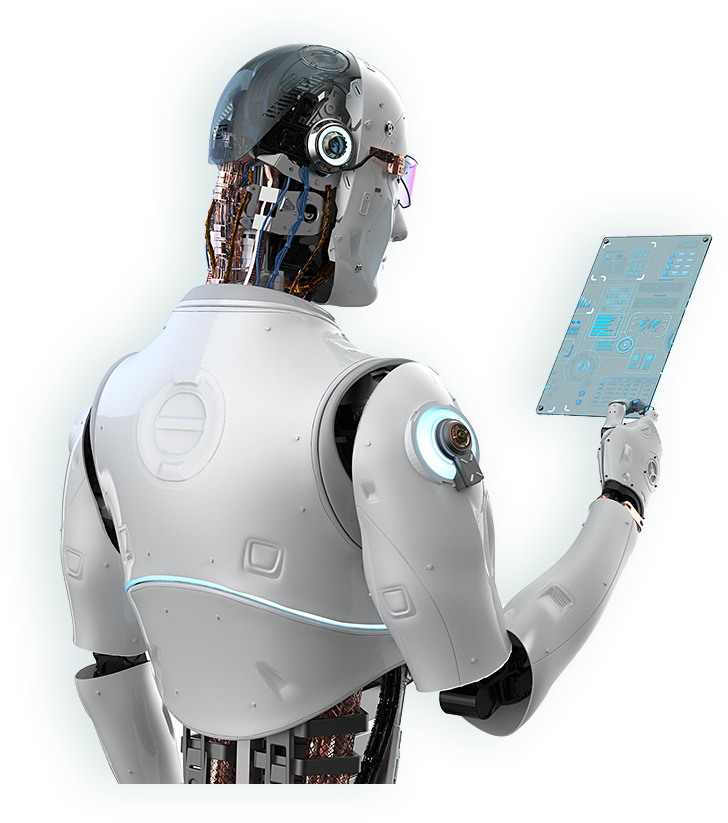Content index
ToggleThere Machinery Directive and the new Machinery Regulations they are EU legislative instruments that establish safety and health requirements for industrial machines intended for the European market.
But then why do we talk about it separately and distinctly?
Because the Machinery Regulation represents an update of the Machinery Directive, with the aim of improving product safety and simplifying the regulatory framework, which was published in the Official Journal on 29 June 2023 but will be fully applied starting from 14 January 2027.
And what are these regulatory improvements? But above all, why was this update necessary?
There Machinery Directive, officially known as Directive 2006/42/EC, is a European Union (EU) regulation adopted on May 17, 2006, replacing the previous Machinery Directive 98/37/EC.
It defines a series of essential requirements that the machines must satisfy in order to be placed on the market or used in the EU. These requirements concern various aspects, such as the design and construction of the machines, control systems and CE marking.
The new Machinery Regulations, known as Regulation (EU) 2023/1230, maintains the fundamental principles of the Machinery Directive but has the objective of strengthen the safety of products on the market and of simplify the regulatory framework for manufacturers, importers and distributors of machinery, ttaking into account above all technological developments.
The current Machinery Directive, in fact, was developed in the early 2000s, before being published in 2006. At European level it was implemented in 2009, while in Italy it was implemented in 2010.
It is clear that 10 years, almost 20 from the drafting of the text, are really a long time for a standard that deals with products and technologies in constant evolution.
We have been brief, we know it, so let's delve deeper into what we need to know about the new machinery regulations, discovering why it is worth aligning now.
When will the new machinery regulation come into force?
There publication of the new Regulation in the Official Journal took place on 29 June 2023 but, between the 20 days necessary for entry into force and above all the 42 months necessary for mandatory application, it will become mandatory for economic operators from January 14, 2027, at which time the current Machinery Directive will be repealed.
To this, then, we must add the 12 months of transitional period foreseen.
At this juncture it will be possible manage inventory disposal, that is, those machines manufactured and completed before application, and the certifying bodies will have to update the certificates they issue to the manufacturers.
There seems to be a long time, yet, for a manufacturer, three years is not that long if you take into account the need to adapt some products to new production standards.
And this is perhaps especially true for these innovative sectors that the new regulation has taken particularly into consideration.
Differences between Regulation and Directive
Another important premise concerns the terminology used by the European Commission. If we talk about a Regulation and no longer a Directive, in fact, the reason is there and it is substantial.
Regulations and directives are two distinct legislative instruments used by the European Union.
THE regulations they are regulatory acts that come into force immediately and are valid in their original form.
On the contrary, the directives require adoption and implementation by Member States, who must translate them into national laws.
The objective of opting for a regulation is to eliminate possible discrepancies between Member States, especially in terms of implementation timing, ensuring that the legislation becomes valid for all at the same time and does not cause problems of a commercial nature.
The current Machinery Directive has allowed Member States to make formal and administrative changes which have led to discrepancies in documentary requests.
With the application of a regulation, however, the legislation comes into force simultaneously in all Member States and no changes can be made not even at an administrative level. In practice, the only task of the Member States is to establish the sanctions to be applied.
Why the update was necessary
With such "dated" legislation, the most urgent need that emerged during the European Commission's consultation was to review the requirements of the directive taking into account the technological developments and gods design criteria.
The urgent needs that have emerged concern the following key points:
- Internet of Things (IoT) and smart manufacturing;
- IT security (cyber security);
- Management of artificial intelligence and related risks;
- Collaborative robots;
- High risk machines;
- Product conformity when different directives are applied.
Especially with theInternet of Things and it smart manufacturing, we are in fact entering a new paradigm for machines, which are increasingly connected to each other and communicative. From this comes an increasingly important concentration on problems related to IT security, as connected machines become even more vulnerable.
These aspects were clearly not even taken into consideration in the current Machinery Directive and, for example, it does not contemplate the possibility of cyber attacks on production lines, as well as the idea of intentional illicit use of machines to cause damage.
Another important point concerns theartificial intelligence (IA).
The new regulation, in fact, extends to artificial intelligence technologies used for aspects related to machine safety. In particular, the risk assessment must consider how machines behave when designed to operate with different degrees of autonomy.
You also need to take into consideration learning phase, ensuring that the behavior of the machine is limited by specific safety circuits, so as not to exceed the limits established during the risk assessment.
Furthermore, specific provisions have been included for autonomous mobile machines, also called AGVs, in the essential safety and health protection requirements applicable to mobile machines.
These products are becoming more and more widespread and are gradually replacing the manual handling of objects in various sectors, such as production lines, warehouses and hospitals.
Another important question concerns i collaborative robots, a new frontier in the world of machinery. To date, we have mainly talked about industrial robots, which generate enormous risks due to the fast movements and significant forces they employ, and therefore the problem has been solved by delimiting the robot's area and preventing interaction with operators.
However, collaborative robots are designed to do just that interact with operators and share the work space, so it is not possible to resolve the issue by completely separating operators from robots. It is necessary to develop new safety logics, which are being developed through technical standards linked to the updated text.
Finally, work was done on product conformity when several directives are applied simultaneously.
Since most machines produced today include electrical or power circuits, the Machinery Directive often overlaps with other directives, such as those on low voltage or electromagnetic compatibility.
To resolve this problem, a revision was made to the structure of the rule, making the new regulation more consistent with other directives.
What's new in the machinery regulations
Although there are no epochal changes compared to the previous directive, the new regulation provides clarifications and more in-depth details on some points and introduces new themes linked to technological innovations.
The main differences They are the following:
Field of application and machine definition:
The Machinery Regulation clarifies the concept of "machine" and broadens its scope to include interchangeable equipment, safety components, safety accessories, mechanical transmission elements and partly completed machinery.
Safety component news:
The new regulation includes Safety software, artificial intelligence systems and filtration systems as safety components. The filtration systems included in the machine fall within the CE marking and declaration of conformity.
Almost machines:
The Machinery Regulation modifies the definition of "partly completed machinery" to specify that it cannot function to achieve a specific application and is built to be incorporated or assembled with other machines or partly completed machinery to create a "machinery product".
Substantial changes:
The concept of “substantial change” is defined as a physical or digital change that was not intended by the manufacturer and which affects the safety of the machine or related product. Whoever implements the substantial modification assumes the responsibilities of the manufacturer for the purposes of the Machinery Regulation.
Economic operators:
The regulation introduces charges related to product conformity for importers, distributors and agents. These operators must be clearly identifiable and contactable at the time of sale and delivery of the machinery.
High risk products:
The list of high-risk products has been updated and transformed into Annex I of the new Machinery Regulation. New definitions have been added and AI-based technologies have been taken into consideration.
Electronic documentation:
The technical documentation must be made available in electronic format, allowing users to download and print the use and maintenance manual. The manufacturer's website references must be present on the machine's CE plate.
Software:
The regulation addresses the issue of software as safety components and establishes that modifications to the software must comply with the obligations established by the regulation, such as conformity assessment and CE marking. It is mandatory to include the source code and programmable logic of the software in the technical documentation.
Human-machine interaction:
The regulation takes into account future technologies such as collaborative robots and artificial intelligence. Essential safety requirements are provided to ensure correct human-machine collaboration, including verbal communication and the robot's learning logic.
In general, the new Machinery Regulation brings clarifications and more specific details, taking into account technological innovations and trying to adapt the legislation to current and future needs.
Inside it, there is also a lot of emphasis on substantial modification operations of the machines, therefore for example when intervening by operating the revamping of a machine.
Both in this case and to make other types of updates, it is therefore essential to have a clear understanding of the correct procedure to follow.
In all this, the positive factors concern above all the many openings with respect to the topic of technology, software and artificial intelligence. Topics, these, in constant evolution and for which we will have to wait further rules and amendments over time.
What is the CE logo
Finally, we would like to provide one last clarification on the famous man CE logo, to obtain which it is necessary to take into consideration the regulatory framework we have talked about so far.
The CE marking means that the product responds to safety requirements for the protection of people, property, animals and, in some cases, the environment.
These requirements, called “essential requirements”, are established by European harmonization directives and apply to the 27 member countries of the European Union and the countries of the so-called European Economic Area.
It is not an abbreviation or indication of geographical origin and can also be used for products coming from countries outside the European Union.
It does not represent a quality mark and does not provide information on the quality of the product itself. The CE symbol certifies that the product complies with certain safety standards.
The marking then comes affixed by the manufacturer of the product, as it is primarily responsible for placing safe products on the market.
However, the obligations and responsibilities under the "New Approach" directives can be extended to any economic operator who puts a product on the market under its own brand or trade name, even if manufactured by a third party.
The essential requirement for marking a product with the CE logo is, first of all, that it falls within the scope of a directive that requires such marking.
If the product does not fall under a specific directive, it cannot be CE marked. In the event that a product falls under multiple directives that require CE marking, it is necessary to affix only one marking which certifies compliance with all applicable directives.
Don't let yourself be overwhelmed, rely on TOD System
Navigating the rules and adapting products to the latest European standards is not easy.
In TOD System, we know how critical it is for you to comply with regulatory requirements and ensure maximum safety for your products, and we are here to support you in this process.
Our team, made up of highly qualified experts with extensive experience in the field of European standards and technical regulations, can therefore provide you with the right assistance to face the challenges related to regulatory compliance and adaptation to the new European standards.
Our experience it is a clear sign of our commitment to delivering excellent results: we have already successfully supported numerous manufacturers, enabling them to market their products on the European market in a safe and reliable way.
Rely on TOD System It means working with a partner who understands your needs and is committed to providing high-quality, customized solutions.
We are ready to tackle regulatory challenges for you, allowing you to focus on your product development and business success.
Don't let yourself be overwhelmed, contact TOD System for any clarification on the matter.

